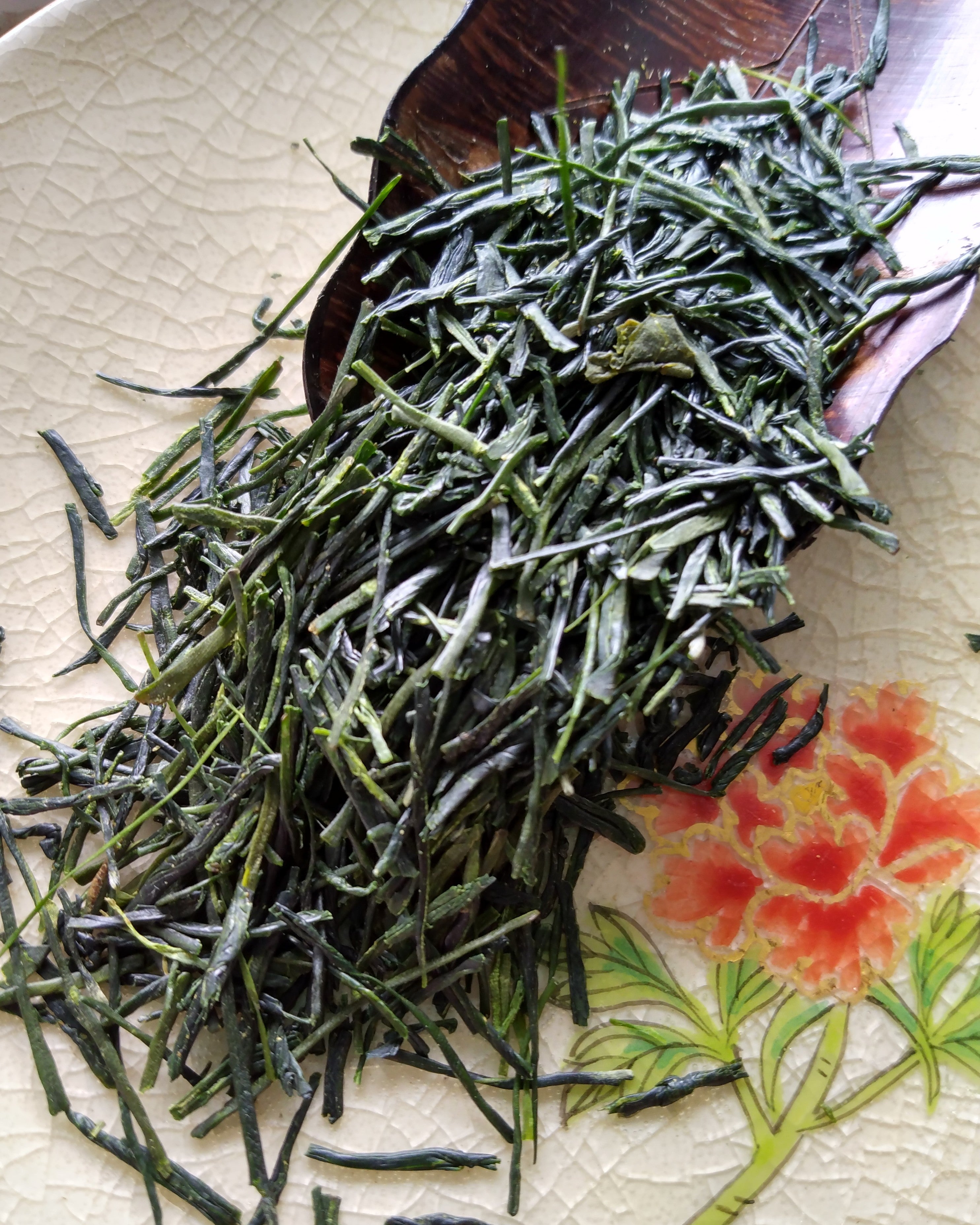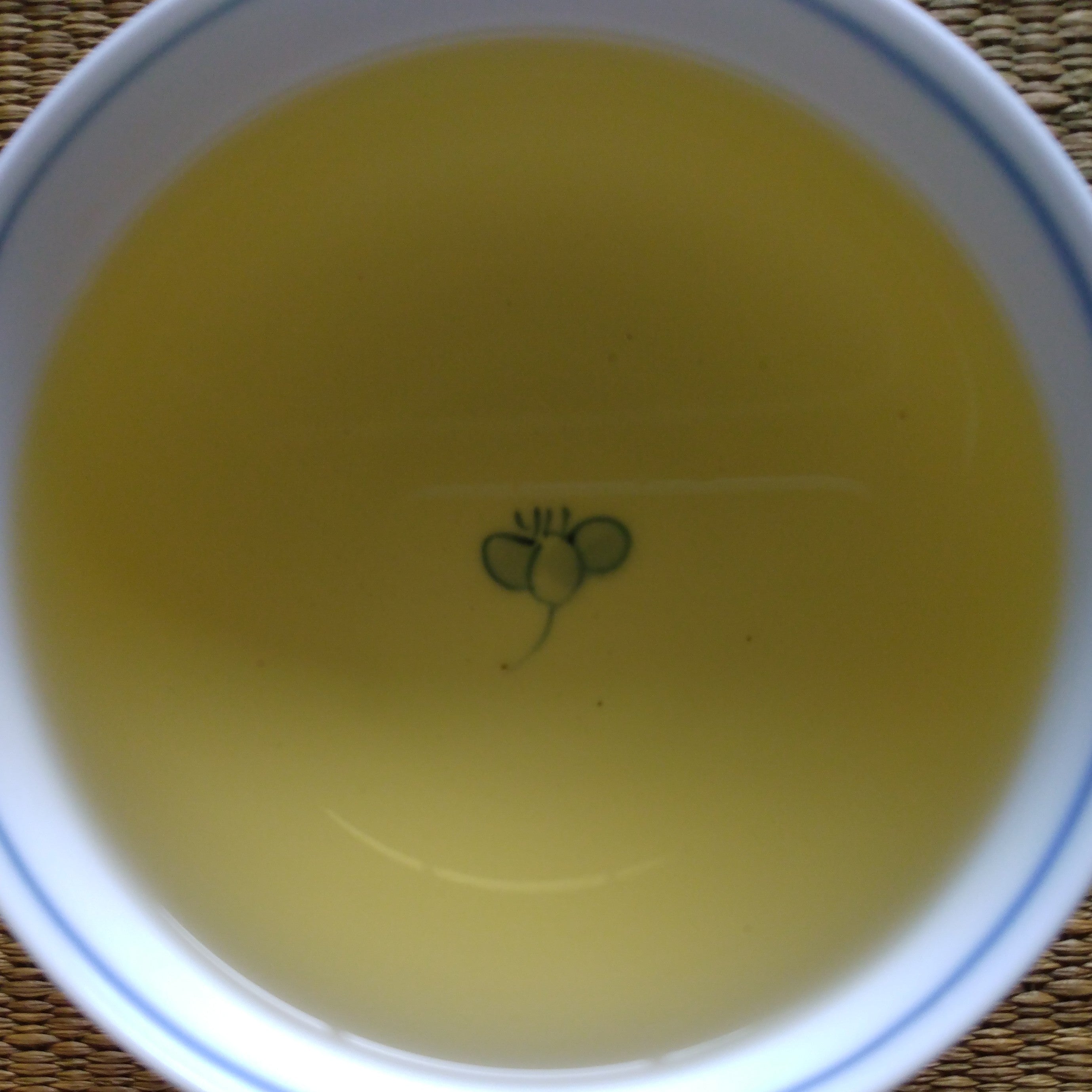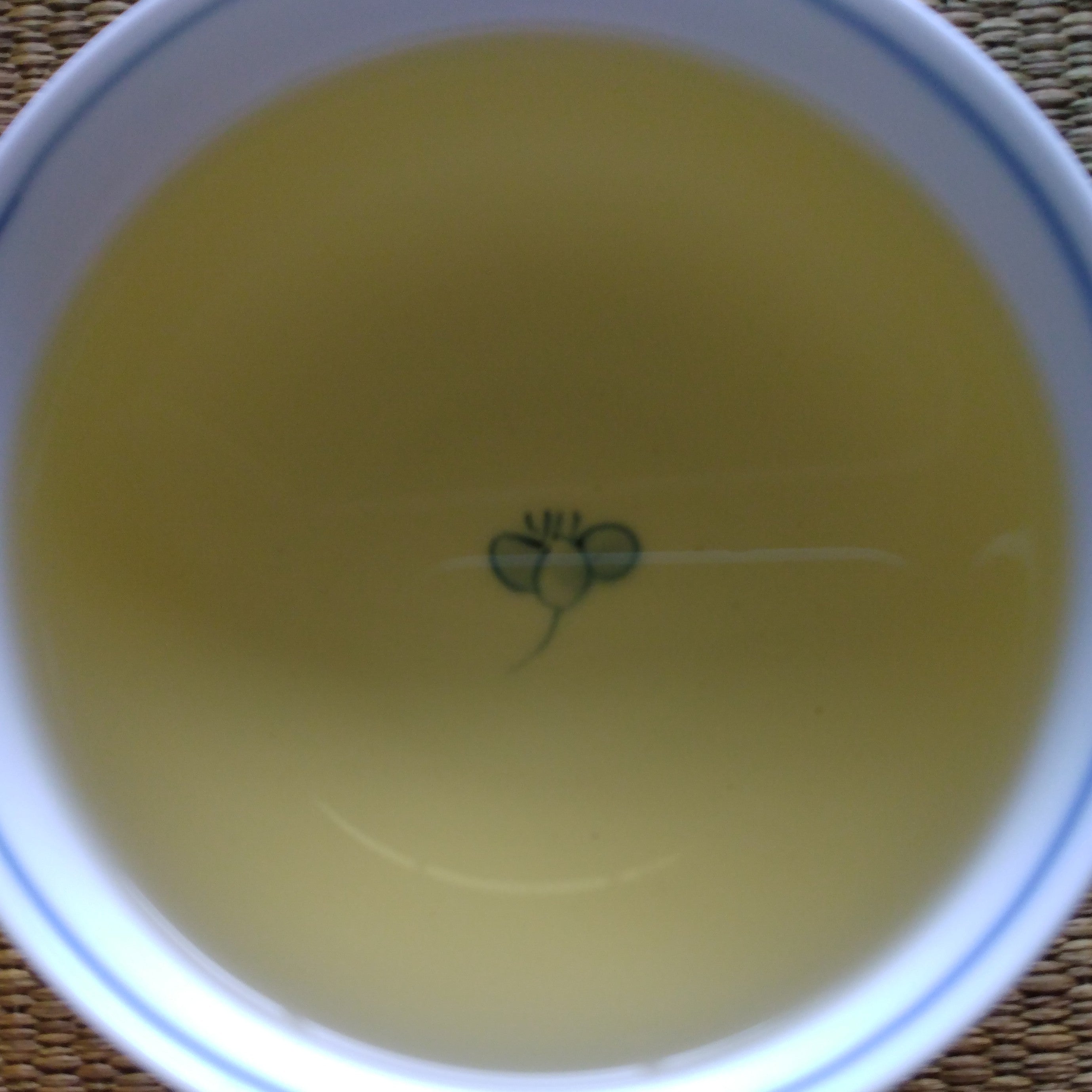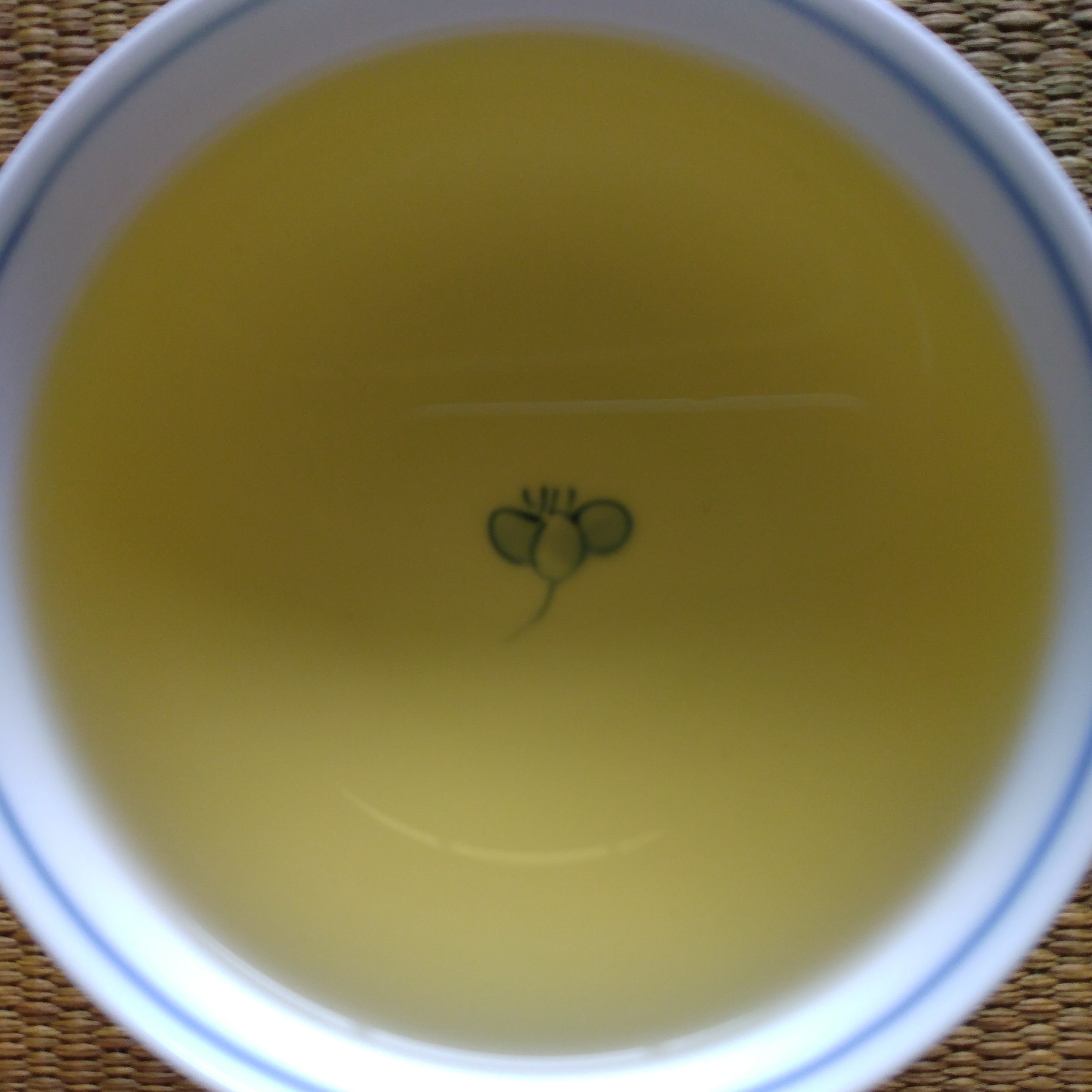Description
|
Sashima Izumi WaKoucha (Japanese Black Tea)/Oolong; Nagano-en Tea farm, Sakai-machi, Ibaraki, 50g. 2025 1st Harvest (May 21). This 1st Harvest Black Tea using the somewhat rare Izumi cultivar has won awards in 2023 and 2024. It infuses to clear yellowish-pink color with a light aroma that is both roasted and floral. It has a full rounded mouthfeel and a light sweetness of honey and flowers with very little astringency and a smooth finish. Definitely, a black tea to drink straight. The teas made by Hanamizu Michio of Nagano-en Tea Farm are complex and unique. When I mentioned to him that his black teas reminded me of the darker end of the Taiwanese Oolong spectrum, or of lighter Chinese Black Teas (vs the Assam-type Black Teas that make up much of the Japanese WaKoucha offerings); he informed that he had studied Oolong production in Taiwan and also uses some Chinese production equipment and technique. The Nagano-en Tea Farm was established in the post-WWII Agrarian Reform Period. Nagano Kanmochi, and his son Kanji, cleared their land in Sashima, Ibaraki, to start growing tea. By the 1970's domestic demand for tea was beginning to slump and then head of the farm Nagano Motoaki had to diversify into other ventures. When his daughter, Akiko, married Hanamizu Michio, they decided to revive the tea farm in 2009, and also opened a tea cafe in 2020. Now, he's earning awards for his innovative teas. Sashima-gun (Sashima District) is in the southwestern part of Ibaraki Prefecture, near the intersections of Ibaraki, Chiba, Saitama, Gumma, and Tochigi Prefectures, and just slightly northeast of Tokyo. Tea cultivation in the region goes back to the early 1600's, but not until the 1800's did the modern tea productions methods, similar to those used today, begin with a man named Nakayama Motonari, often called the "Father of Sashima Tea". After Japan was (forcibly) opened to trade with the U.S. in the 1850's, teas from Sashima were the first to be exported to the U.S. in 1859, via the newly opened Port of Yokohama. It was through Nakayama's connections in the capital that Sashima tea was able to have this distinction. |





